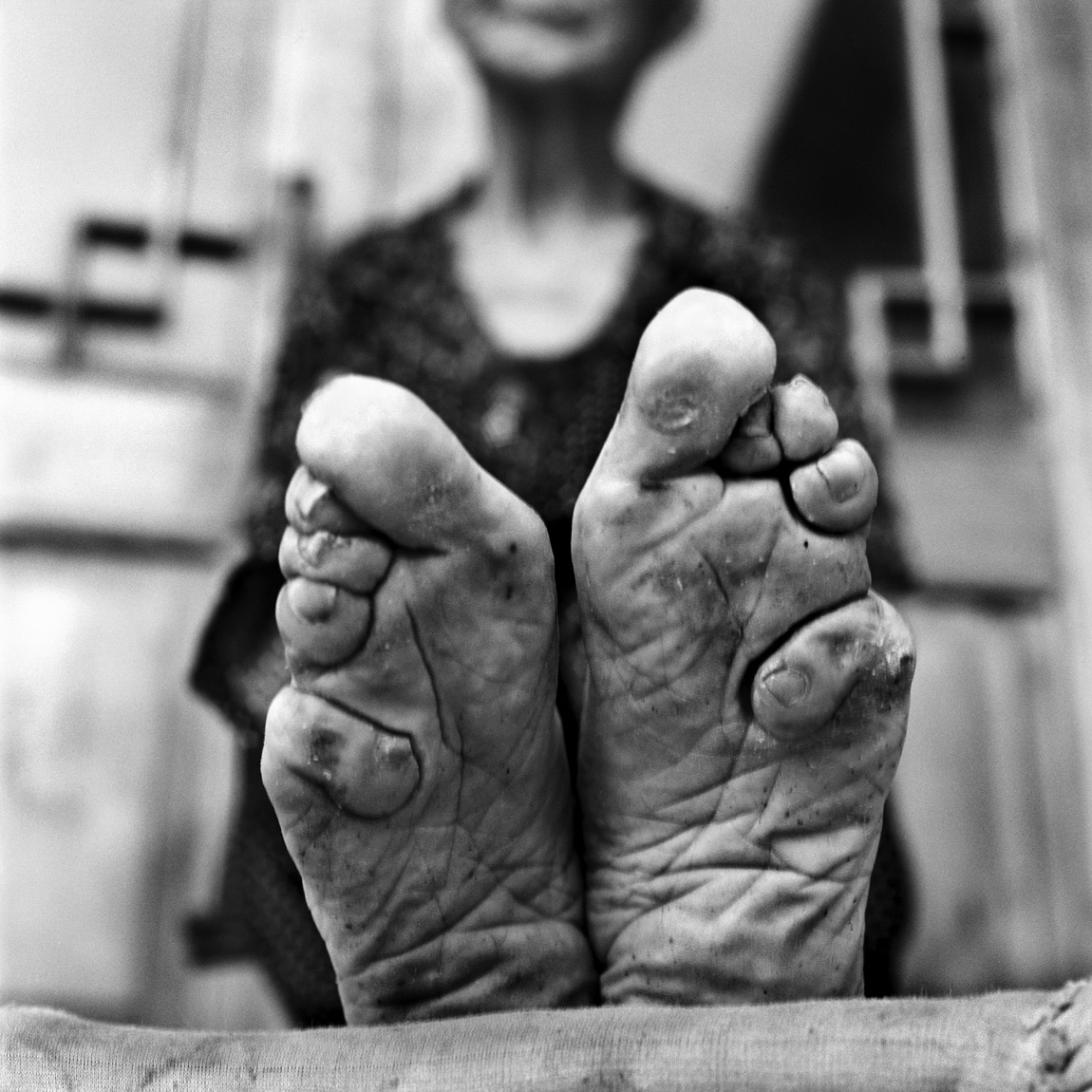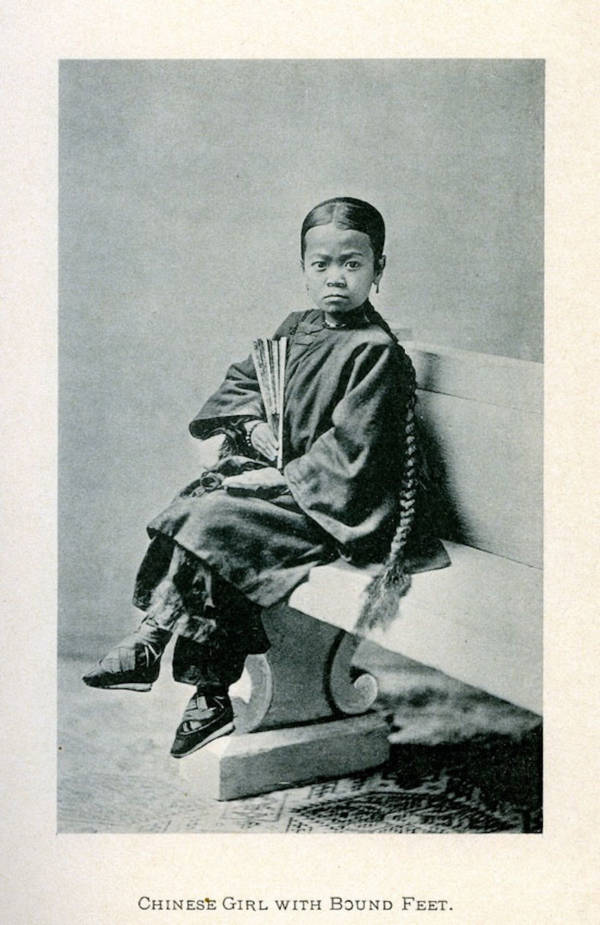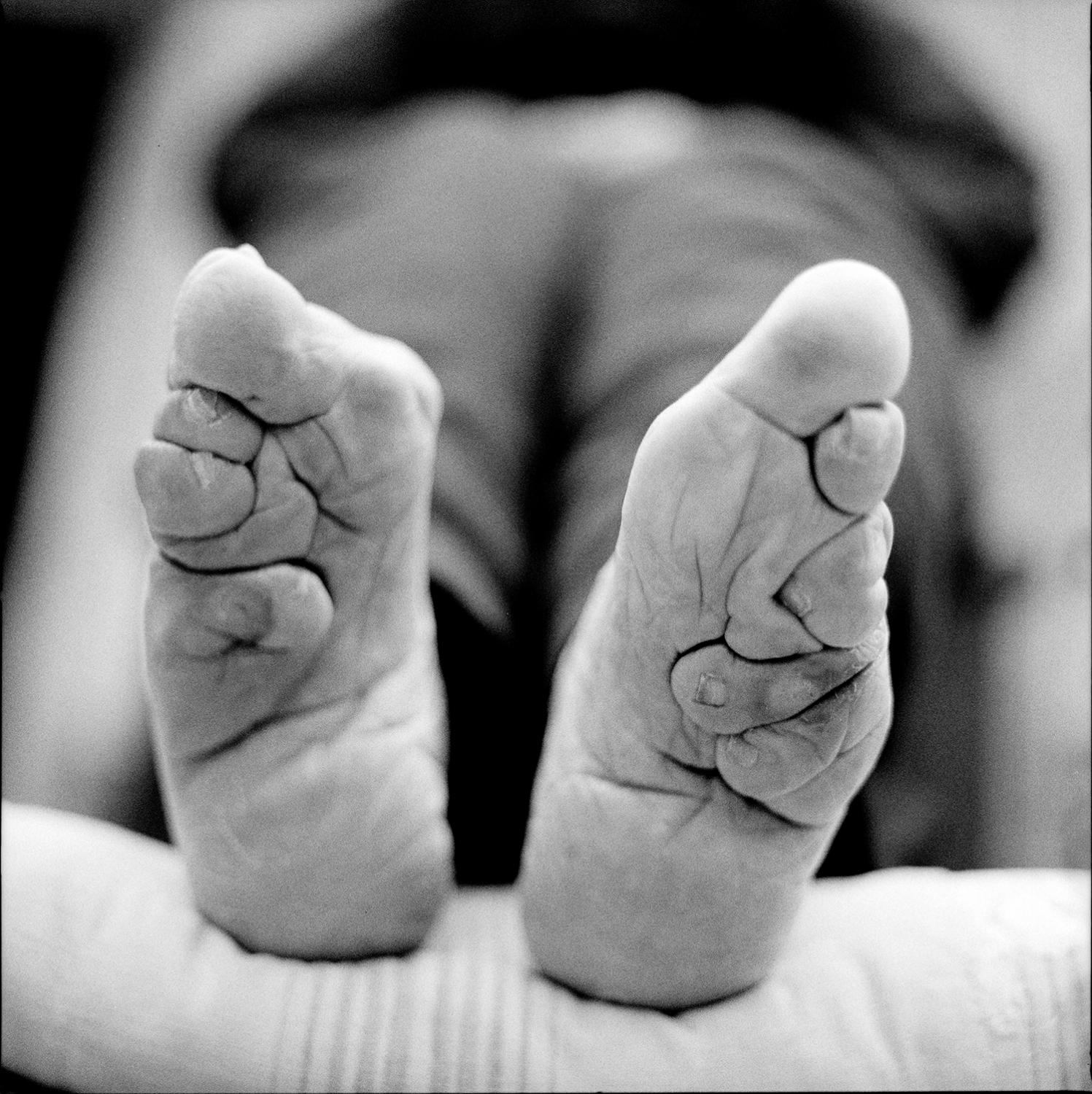Let’s talk about geisha foot binding, a topic that’s steeped in history, culture, and a whole lot of curiosity. If you’ve ever wondered about the origins, practices, and misconceptions surrounding this tradition, you’ve come to the right place. Geisha foot binding is not just a historical practice; it’s a window into a world where beauty, pain, and tradition intersect in ways that might surprise you. So, buckle up, because we’re about to take you on a journey through time.
Now, let’s get one thing straight—geisha foot binding is often misunderstood. Many people associate it with the infamous Chinese foot binding, but they’re not the same thing. In this article, we’ll untangle the myths and uncover the truth behind geisha foot binding. It’s a story that’s as fascinating as it is complex, and we’re here to break it down for you in a way that’s both informative and engaging.
Whether you’re a history buff, a culture enthusiast, or just someone who loves uncovering the secrets of the past, this article is for you. We’ll dive deep into the origins, significance, and cultural impact of geisha foot binding. So, grab a cup of tea, get comfy, and let’s explore this intriguing topic together.
Read also:Who Is Helene Joy Husband The Fascinating Story Youve Been Waiting For
Table of Contents
- The History of Geisha Foot Binding
- Common Misconceptions About Geisha Foot Binding
- The Origins of Foot Binding in Japan
- Geisha Life and Foot Binding
- Cultural Impact and Significance
- Modern Perspective on Geisha Foot Binding
- Health Effects of Foot Binding
- Representation in Art and Literature
- Efforts to Preserve Cultural Heritage
- Conclusion: What We’ve Learned
The History of Geisha Foot Binding
Let’s rewind the clock and take a trip back to feudal Japan. The geisha world was—and still is—a mysterious one, filled with elegance, artistry, and tradition. Geisha foot binding, however, is not as widespread or as well-documented as its Chinese counterpart. In fact, the practice was more symbolic than literal in the geisha community.
So, how did it all start? Well, foot binding in Japan wasn’t as extreme as the Chinese version. Instead, it was more about maintaining small, delicate feet as a symbol of beauty and refinement. Geishas, known for their grace and poise, were expected to embody these ideals, and their footwear played a significant role in this perception.
The Evolution Over Time
Over the years, the concept of geisha foot binding evolved. It wasn’t about breaking bones or reshaping feet; rather, it was about wearing specific footwear that enhanced the illusion of smaller feet. Think of it as an ancient version of stilettos—designed to elongate the legs and create a more feminine silhouette.
And here’s the kicker: geishas didn’t just wear these shoes for looks. Their footwear was an essential part of their performance, allowing them to glide gracefully across the tatami mats during tea ceremonies and other traditional events.
Common Misconceptions About Geisha Foot Binding
When people hear the term “foot binding,” their minds often jump to the painful and debilitating practice that originated in China. But here’s the thing: geisha foot binding is not the same. Let’s clear up some common misconceptions once and for all.
- Myth #1: Geishas bound their feet like Chinese women. Nope. Geisha foot binding was more about aesthetics and less about physical alteration.
- Myth #2: It was a painful and harmful practice. Not really. Unlike Chinese foot binding, geisha foot binding didn’t involve breaking bones or causing long-term damage.
- Myth #3: All geishas practiced foot binding. Again, not true. Foot binding was more of a symbolic gesture than a widespread tradition.
The Origins of Foot Binding in Japan
Now, let’s dig into the origins of foot binding in Japan. While the practice wasn’t as widespread as in China, it still had its roots in the pursuit of beauty and refinement. The Japanese were heavily influenced by Chinese culture during the Tang Dynasty, and foot binding was one of the many traditions that made its way across the sea.
Read also:Was Jesse Waters Married Before Unveiling The Truth Behind His Love Life
However, the Japanese put their own spin on it. Instead of focusing on the physical alteration of feet, they emphasized the importance of proper footwear. This shift in focus allowed geishas to maintain their grace without compromising their health.
How It Differs from Chinese Foot Binding
Here’s a quick breakdown of the differences between Japanese and Chinese foot binding:
- Chinese Foot Binding: Involves breaking bones and reshaping feet to create the illusion of smaller feet.
- Japanese Foot Binding: Focuses on wearing specific footwear to enhance the appearance of smaller feet without causing physical harm.
Geisha Life and Foot Binding
Being a geisha isn’t just about wearing beautiful kimonos and performing traditional arts. It’s a lifestyle that demands discipline, dedication, and a deep understanding of cultural traditions. Foot binding, in its Japanese form, played a significant role in this lifestyle.
Geishas were expected to walk with grace and elegance, and their footwear was designed to enhance this quality. The traditional wooden sandals, known as geta, were often adorned with intricate patterns and designs, adding to the overall aesthetic appeal.
The Role of Footwear in Geisha Performances
Footwear wasn’t just a fashion statement for geishas; it was a crucial element of their performances. The sound of geta echoing through the corridors of teahouses added to the ambiance, creating a sensory experience that captivated their audience.
And let’s not forget the practical side of things. Getas were designed to provide stability on uneven surfaces, allowing geishas to move with confidence and poise during their performances.
Cultural Impact and Significance
Geisha foot binding, in its symbolic form, had a profound impact on Japanese culture. It reinforced the ideals of beauty, grace, and refinement that were so highly valued in traditional society. But it also sparked debates about the role of women in Japanese culture and the pressures they faced to conform to societal expectations.
Today, geisha foot binding serves as a reminder of Japan’s rich cultural heritage and the importance of preserving traditional practices. It’s a testament to the resilience and adaptability of Japanese culture, which continues to evolve while honoring its roots.
The Legacy of Geisha Foot Binding
The legacy of geisha foot binding extends beyond the physical practice itself. It’s a symbol of Japan’s commitment to preserving its cultural heritage while embracing modernity. Through education and awareness, people around the world are learning about the complexities and nuances of geisha culture, dispelling myths and fostering a deeper understanding of this fascinating tradition.
Modern Perspective on Geisha Foot Binding
In today’s world, geisha foot binding is viewed through a lens of cultural appreciation rather than criticism. People are more interested in understanding the context and significance of this tradition rather than judging it based on modern standards.
Many museums and cultural centers around the world offer exhibits and workshops that explore the history and artistry of geisha culture, including the practice of foot binding. These initiatives help to educate the public and promote cross-cultural understanding.
Why It Matters Today
Understanding geisha foot binding is important because it sheds light on the complexities of cultural traditions. It challenges us to look beyond surface-level judgments and appreciate the deeper meanings behind these practices. In doing so, we gain a greater appreciation for the diversity and richness of human culture.
Health Effects of Foot Binding
While Japanese foot binding wasn’t as harmful as its Chinese counterpart, it still had some health implications. Wearing tight footwear for extended periods could lead to discomfort and even minor foot deformities. However, these effects were minimal compared to the severe consequences of Chinese foot binding.
Modern medicine has shed light on the potential risks of restrictive footwear, leading to a greater emphasis on comfort and functionality in today’s fashion industry. This shift reflects a growing awareness of the importance of health and well-being in all aspects of life.
Representation in Art and Literature
Geisha foot binding has been a popular subject in art and literature throughout history. Paintings, novels, and poems have captured the essence of this tradition, portraying it as both a symbol of beauty and a reflection of societal norms.
One of the most famous works that explores geisha culture is Arthur Golden’s novel, “Memoirs of a Geisha.” While the book doesn’t focus specifically on foot binding, it provides valuable insights into the world of geishas and the traditions that shaped their lives.
The Influence of Media
Media plays a crucial role in shaping public perception of geisha foot binding. Through films, documentaries, and other forms of media, people around the world are gaining a better understanding of this tradition and its cultural significance. This increased awareness helps to dispel myths and promote a more nuanced view of geisha culture.
Efforts to Preserve Cultural Heritage
Preserving cultural heritage is essential for maintaining the diversity and richness of human culture. Many organizations and individuals are working tirelessly to ensure that traditions like geisha foot binding are not lost to time.
From cultural festivals to educational programs, there are countless initiatives aimed at keeping these traditions alive. These efforts not only honor the past but also inspire future generations to embrace and celebrate their cultural heritage.
Why Preservation Matters
Preserving cultural traditions like geisha foot binding is important because it helps to maintain a connection to our shared history. It reminds us of the values and beliefs that have shaped our societies and encourages us to appreciate the diversity of human experience.
Conclusion: What We’ve Learned
In conclusion, geisha foot binding is a fascinating topic that offers a glimpse into the complexities of Japanese culture. While it may not be as well-known as other cultural traditions, it plays an important role in shaping our understanding of beauty, grace, and refinement.
We’ve learned that geisha foot binding wasn’t as extreme or harmful as its Chinese counterpart. Instead, it was a symbolic gesture that emphasized the importance of proper footwear in enhancing the appearance of smaller feet. This practice reflects the adaptability and resilience of Japanese culture, which continues to evolve while honoring its roots.
So, what’s next? We invite you to continue exploring the world of geisha culture and share your thoughts with us in the comments below. And don’t forget to check out our other articles for more fascinating insights into the world of history and culture.



